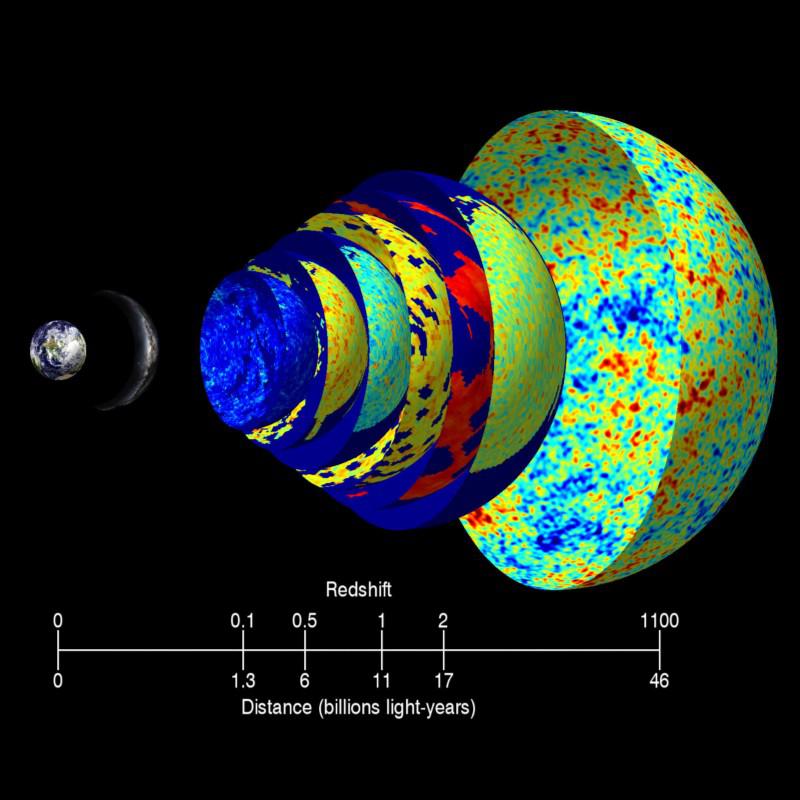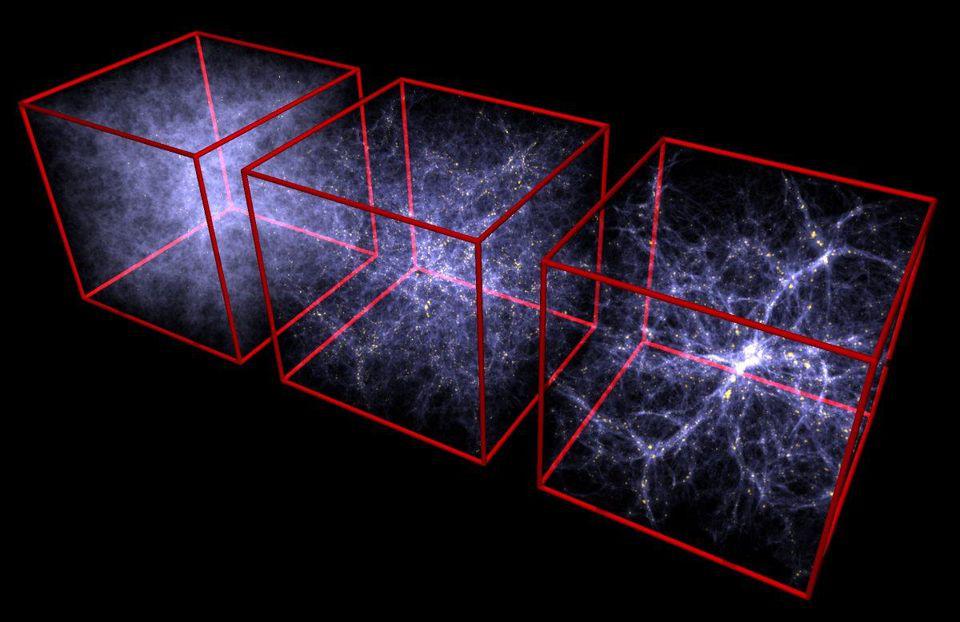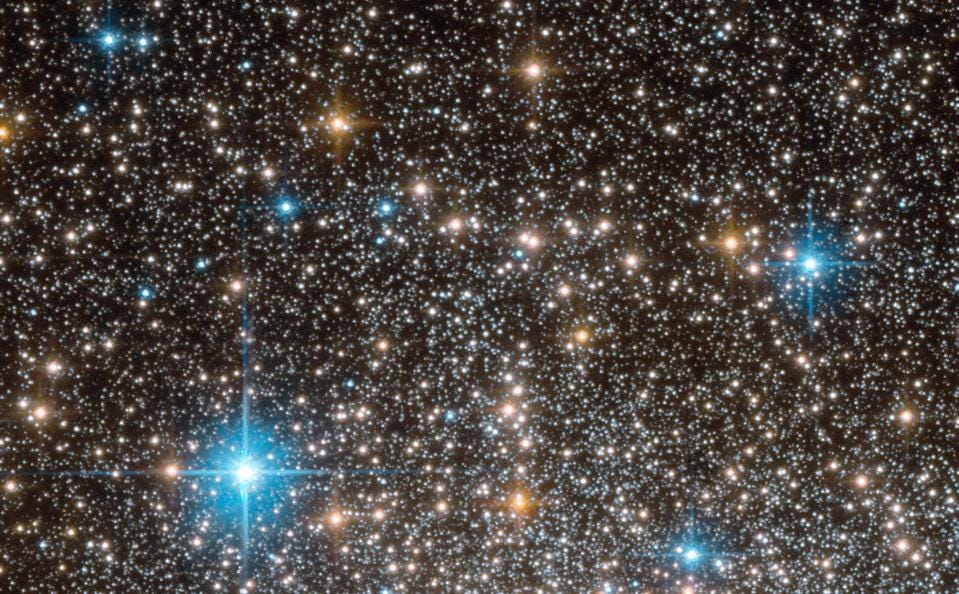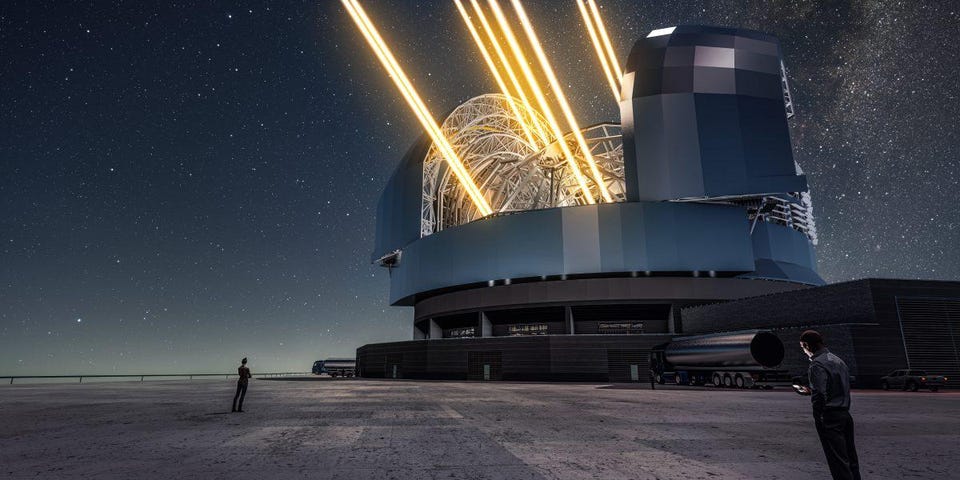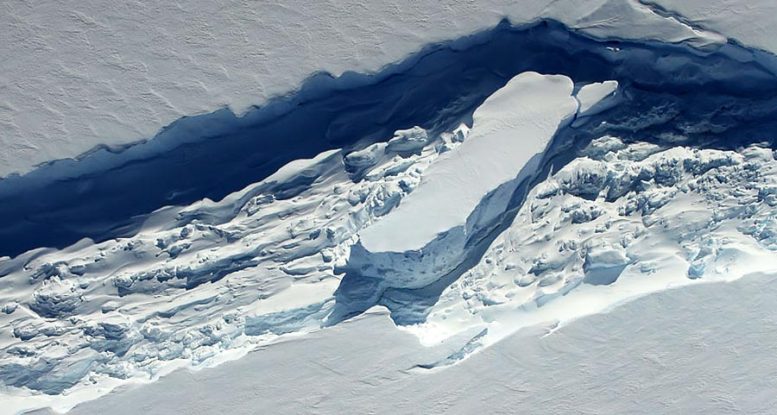
ARTIST'S IMPRESSION OF C/2014 UN271 (BERNARDINELLI-BERNSTEIN),
By Stephen Luntz 30 SEP 2021,

In June this year, two astronomers discovered probably the largest comet ever seen, an object so big there was initial debate if it might really be a dwarf planet on a comet-like orbit. This "mega comet" is on an inward-bound trajectory from the outer Solar System.
Now, its discoverers and many co-authors have reported the results of three months spent learning more about this exceptional object. A paper accepted by the Astrophysical Journal Letters (preprint on ArXiv.org) reveals plenty we didn't know about this world when its existence hit the news.
Anyone learning about C/2014 UN271 (Bernardinelli-Bernstein) for the first time needn’t worry, though. Even at its closest approach in 2031, UN271 will be more distant than Saturn at around 11 astronomical units away ((1 AU = distance from Earth to the Sun), frustrating astronomers who would love a closer look at something this unusual.
UN271's orbit has been traced, and its last approach to the Sun was around 3.5 million years ago. On that occasion it only got to 18 astronomical units away, almost twice the distance it will reach this time and around the distance to Uranus. It's likely to soon be the closest to the Sun it has ever been, making it the most pristine comet we have ever seen, a true throw-back to the Solar System's origins.
Early numbers for UN271's size were inevitably imprecise. However, the authors have now settled on an estimate of 150 kilometers (100 miles) across. That gives it a volume thousands of times a typical comet, and at least 10 times bigger than even a giant like Hale-Bopp. For comparison, comet 67P, which Rosetta studied, is only 2.6 miles (4.3 kilometers) across, and Arrakoth, the furthest world humanity has ever explored, is 22 miles (35 kilometers) long and 12 miles (20 kilometers) wide.
There were hopes of getting more certainty on the size when UN271 passed in front of a star as seen from Eastern Australia, but cloud covered the entire region from which the event might have been seen. However big, though, the comet won't be visible to the naked eye when it makes its close approach.
One of the first things astronomers wanted to know about UN271 was whether it was already showing cometary activity, that is having material turn to gas and form a coma. UN271 had been photographed by both TESS, NASA's planet-hunter, and the Dark Energy Survey (DES) in 2018 without anyone noticing its significance, so the authors checked the earlier images to see if they could find tell-tale signs of fuzziness.
They found a discrepancy in the measurements, with TESS reporting an object almost twice as bright. It turns out the reason was that DES was looking at only a small area around UN271, while TESS was aggregating over a bigger space, including a large, but faint coma, indicating material had been escaping for a long time. The coma's composition cannot yet be detected, but carbon dioxide carrying dust grains with it as it escapes is thought most likely.
UN271's tail is fainter still, requiring the combination of many images to detect it at all.
“It is usually a losing proposition to speculate on the future behavior of comets,” the paper acknowledges, but nevertheless projects that at its brightest UN271 should be around magnitude 9 – visible to amateurs with small telescopes under dark skies.
Some astronomers are keen to get a mission going to UN271, calculating the best time for a flyby is 2033, which would require a launch by 2028.




